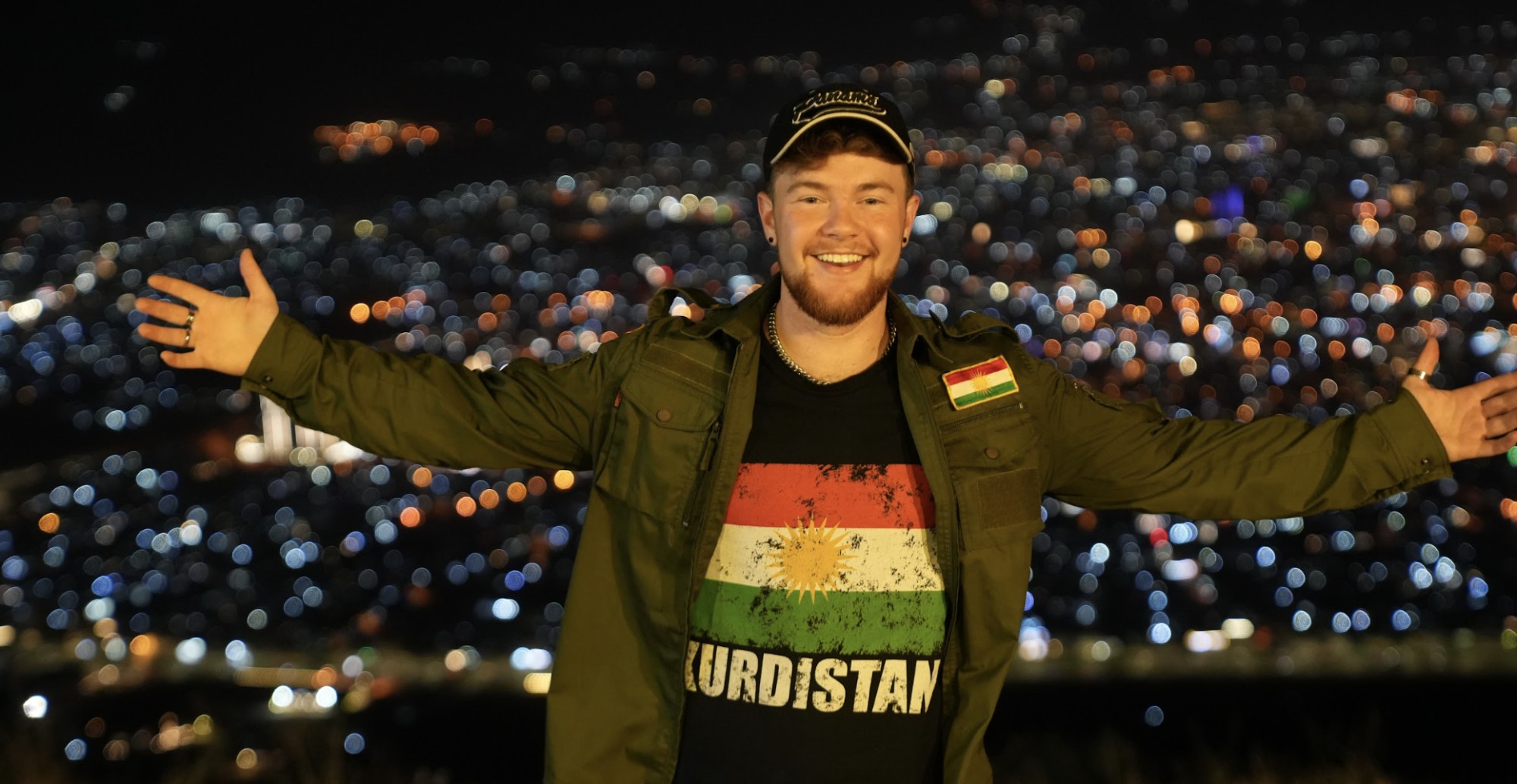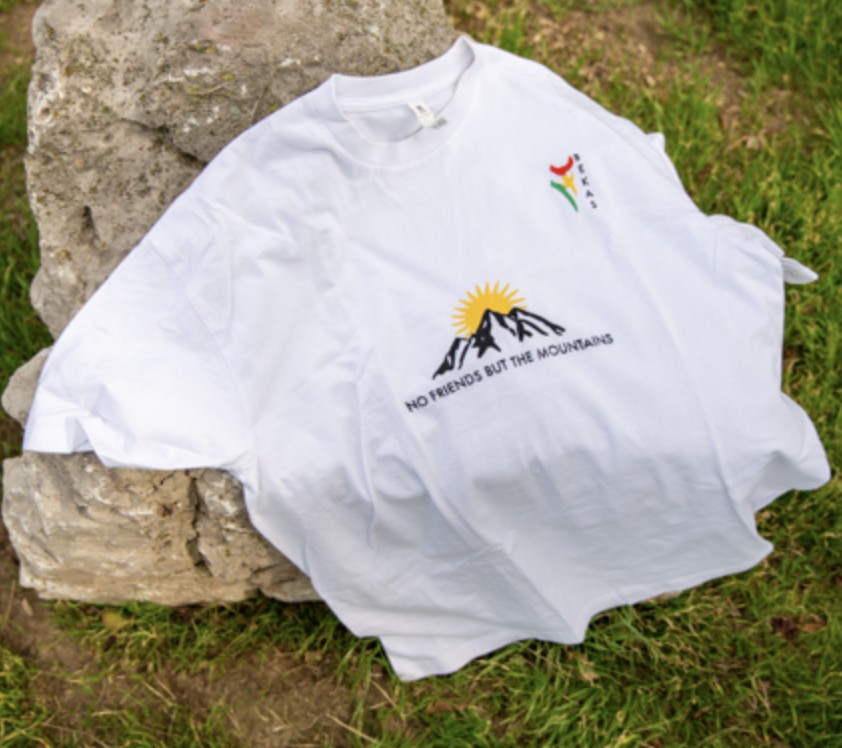Photos: Murat Ayneli
The practice of adorning the face and body with tattoos holds deep roots in Kurdish culture, echoing ancient beliefs and traditions through symbolic designs.
Throughout history, individuals have sought to embellish their bodies with intricate patterns, lines, and symbols, each carrying its own significance. In Kurdish culture, this tradition, often referred to as daq, kutan, or naqsh, holds particular importance, especially among women, who adorned themselves with tattoos for various purposes, ranging from religious symbolism to expressions of love and protection against malevolent forces.
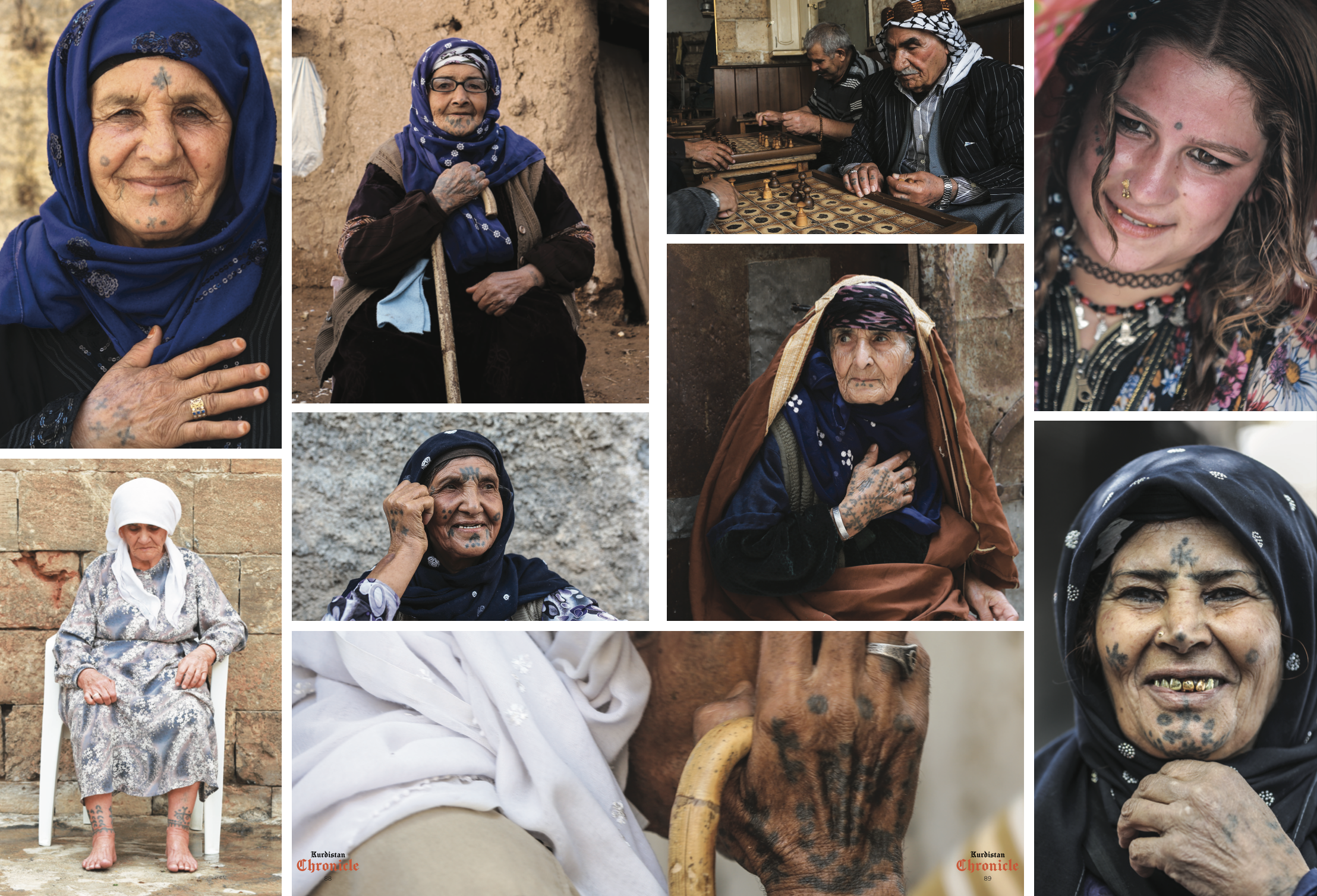
The tradition of tattooing has endured across several Kurdish regions for centuries. Girls typically received these tattoos during childhood, typically between the ages of 8 and 12. Some women bore these tattoos as scars from their youth, while men, although less commonly, adorned their hands or necks with tattoos, avoiding facial tattoos altogether.
Historically, the process of tattooing involved piercing the skin with a needle, often combined with a mixture of substances such as vinegar, ash, and even milk, which is believed to ensure the permanence of the tattoo. Interestingly, it was also believed that the use of milk from a pregnant woman would guarantee the longevity of the tattoo.
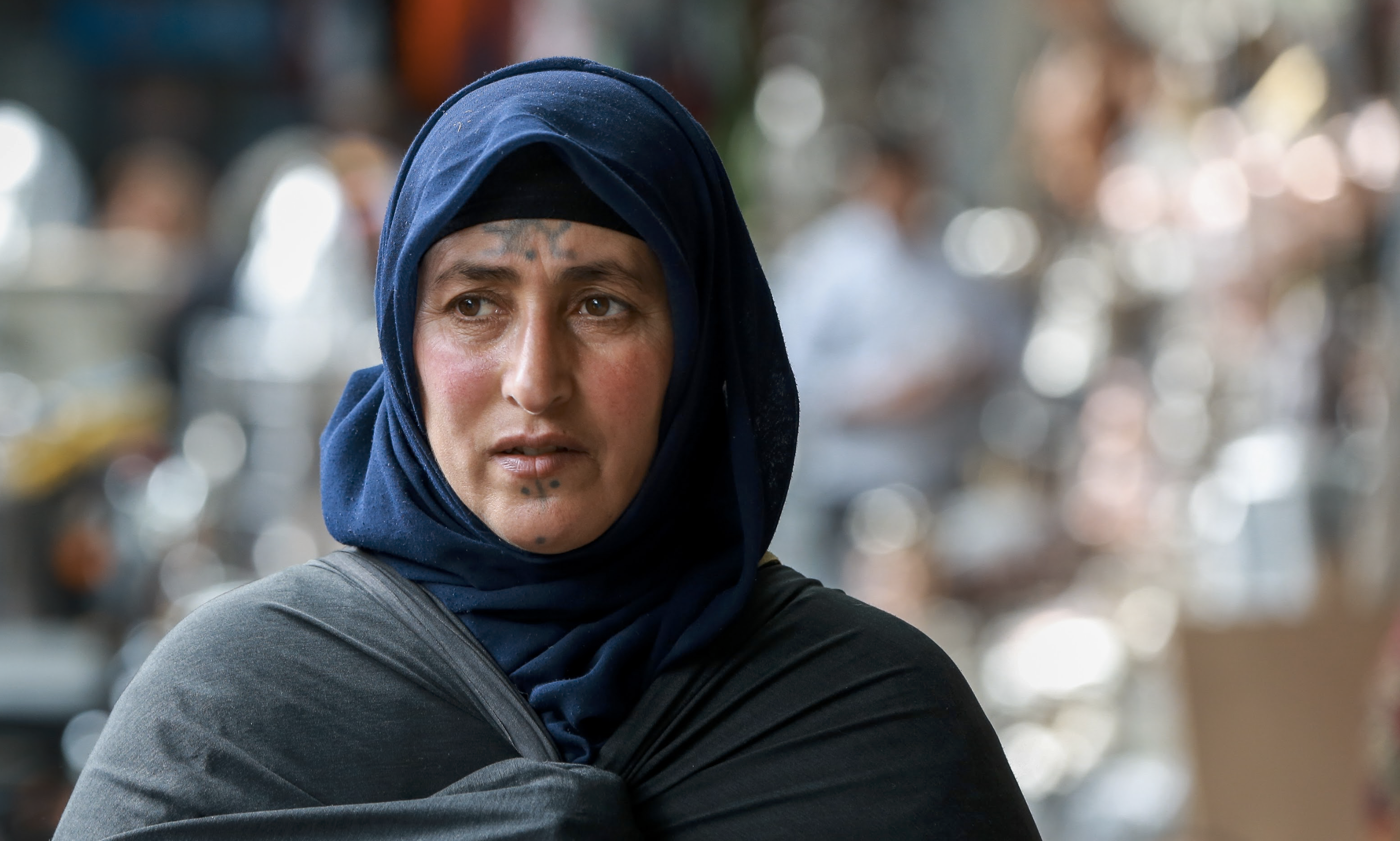
The origins of daq tattoos trace back millennia, making it challenging to pinpoint an exact inception date. Some sources suggest a history dating back 10,000 years, linking the practice to ancient religious rituals and tribal affiliations. Across Kurdish-populated areas like Urfa, Diyarbakir, Qamishli, Sinjar, Mosul, Afrin, and Ruha, the prevalence of these tattoos is evident, reflecting a rich cultural heritage.
The tradition of Kurdish tattooing is deeply intertwined with Zoroastrianism and Yezidi religious practices. It serves as a means of identification, with different symbols denoting tribal affiliations, regions, and religious beliefs. British archaeologist Austen Henry Layard documented the existence of these tattoos during his travels in Kurdistan and Mesopotamia in the mid-1850s, noting their significance in distinguishing individuals, particularly among the noble classes.
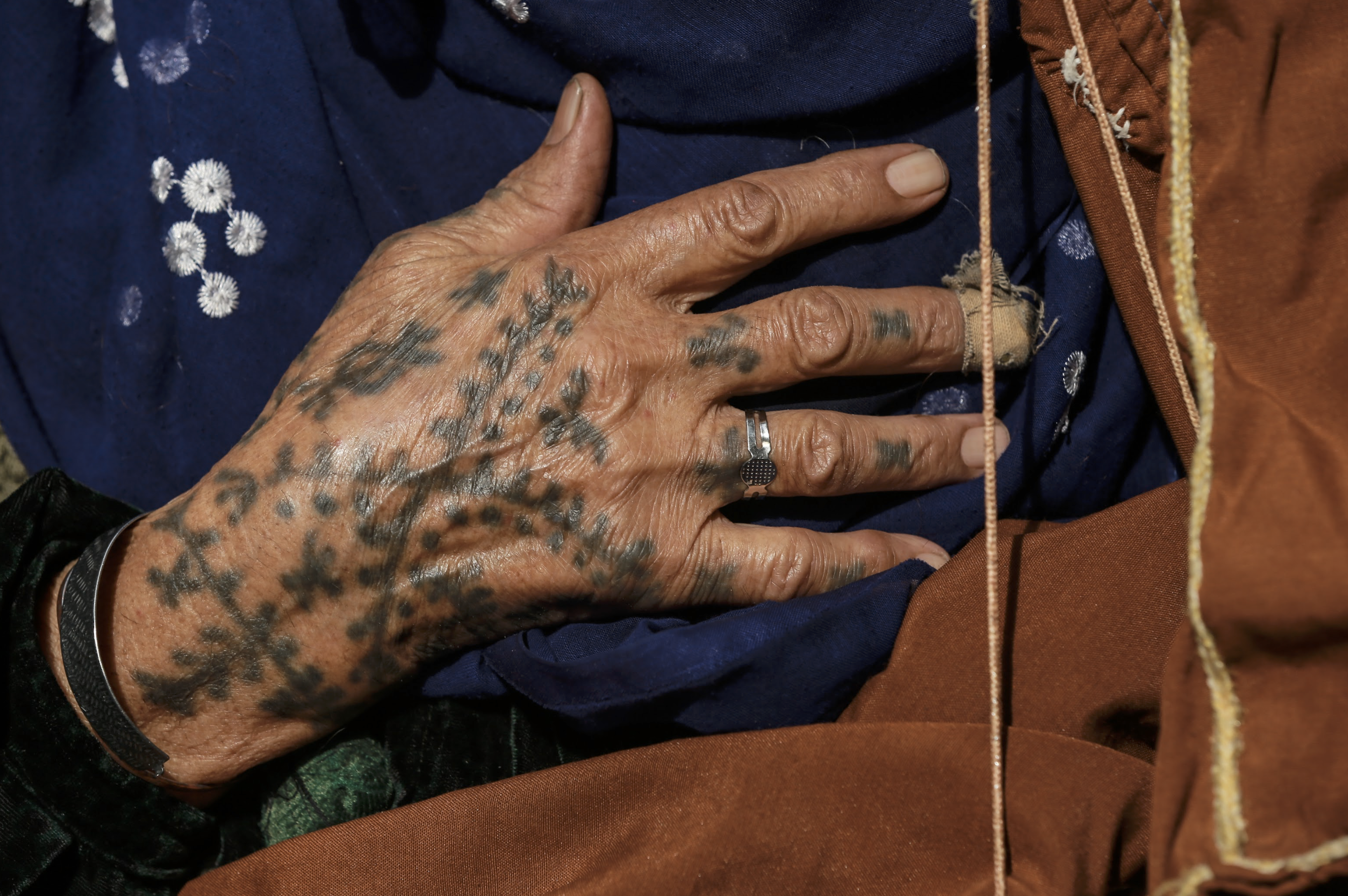
Accounts of Kurdish tattooing are also documented in various historical texts, including Inked: Tattoos and Body Art around the World by Margo DeMello, published in 2014 by Bloomsbury Publishing UK, which shed further light on the significance of these practices within Kurdish society. While historically more prevalent among women, tattoos were not exclusive to one gender, with examples found among men as well.
Beyond Kurdish culture, similar tattooing practices are observed among neighboring communities such as Arabs, Turkmen, and the Dom, underscoring the cultural exchange and shared traditions in the region. Additionally, parallels can be drawn with Amazigh women in North Africa, who also embrace tattooing as a form of cultural expression.
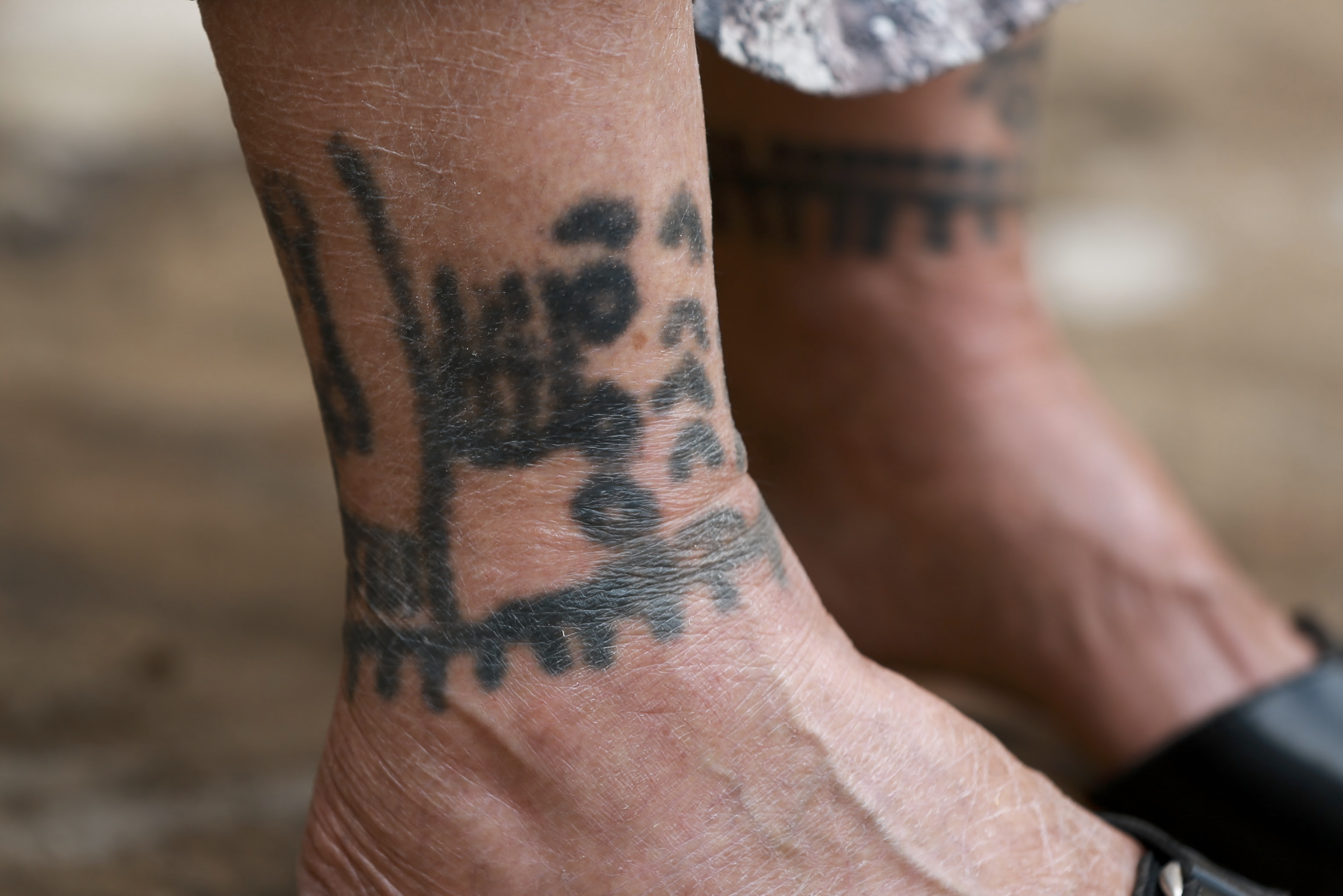
The intricate designs and symbols of Kurdish tattoos carry deep meaning, reflecting desires for protection, love, fertility, and beauty. Each symbol holds significance within its cultural context, serving as a testament to the rich tapestry of Kurdish heritage and tradition. From the eye symbol warding off malevolent forces to the tree of life symbolizing eternal life and fertility, each tattoo tells a unique story, preserving centuries of cultural legacy and identity.
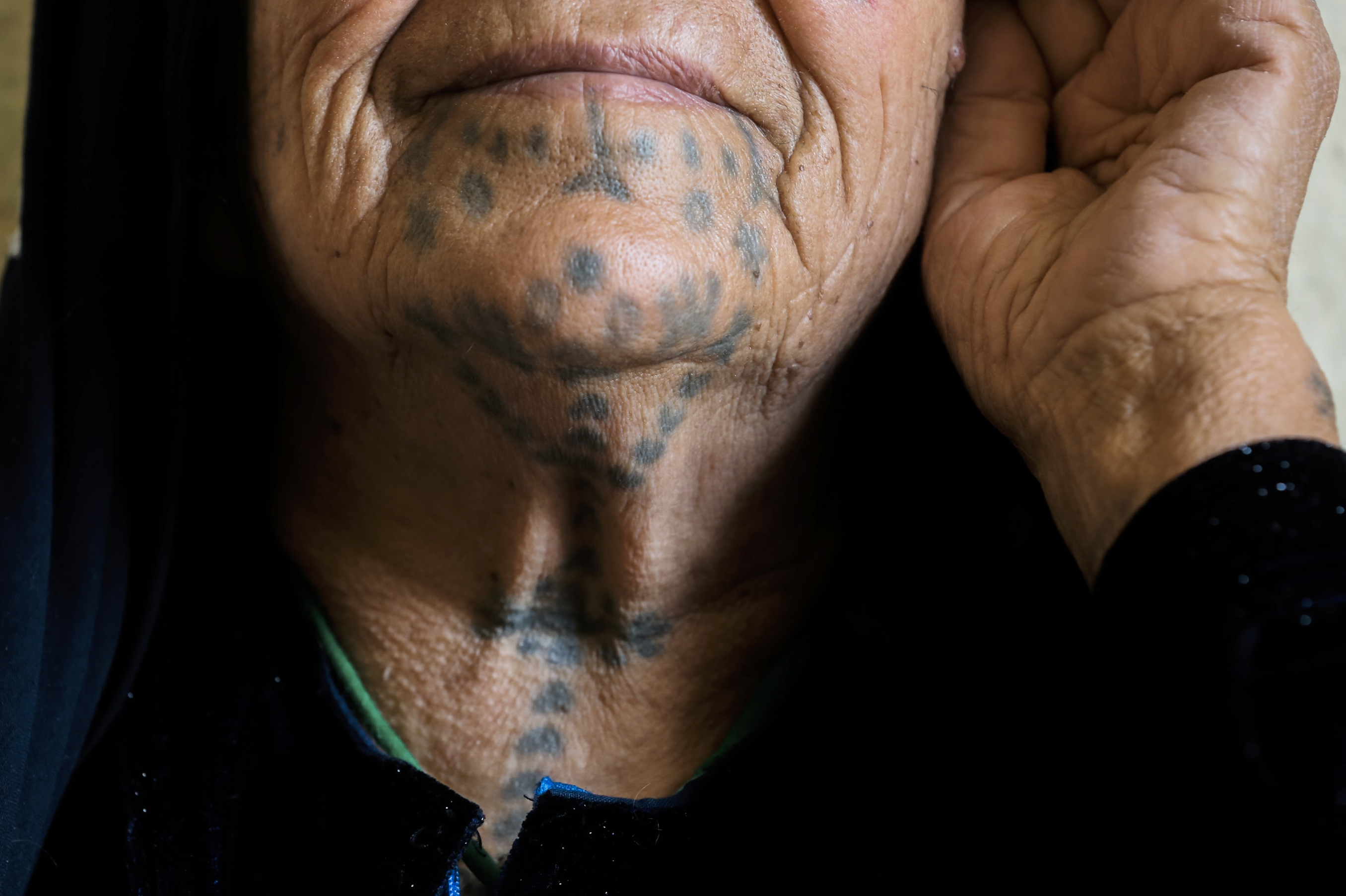
Sabr Salih is a journalist based in the Kurdistan Region.
